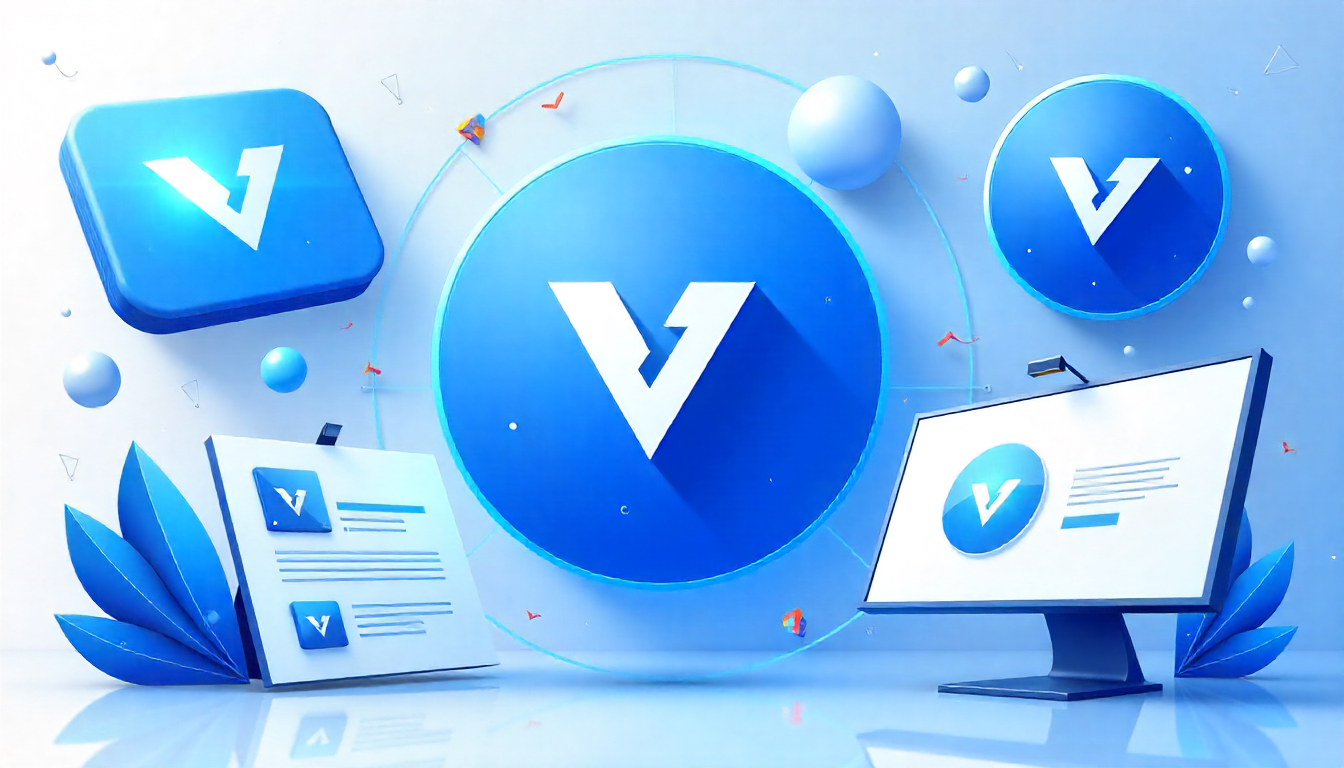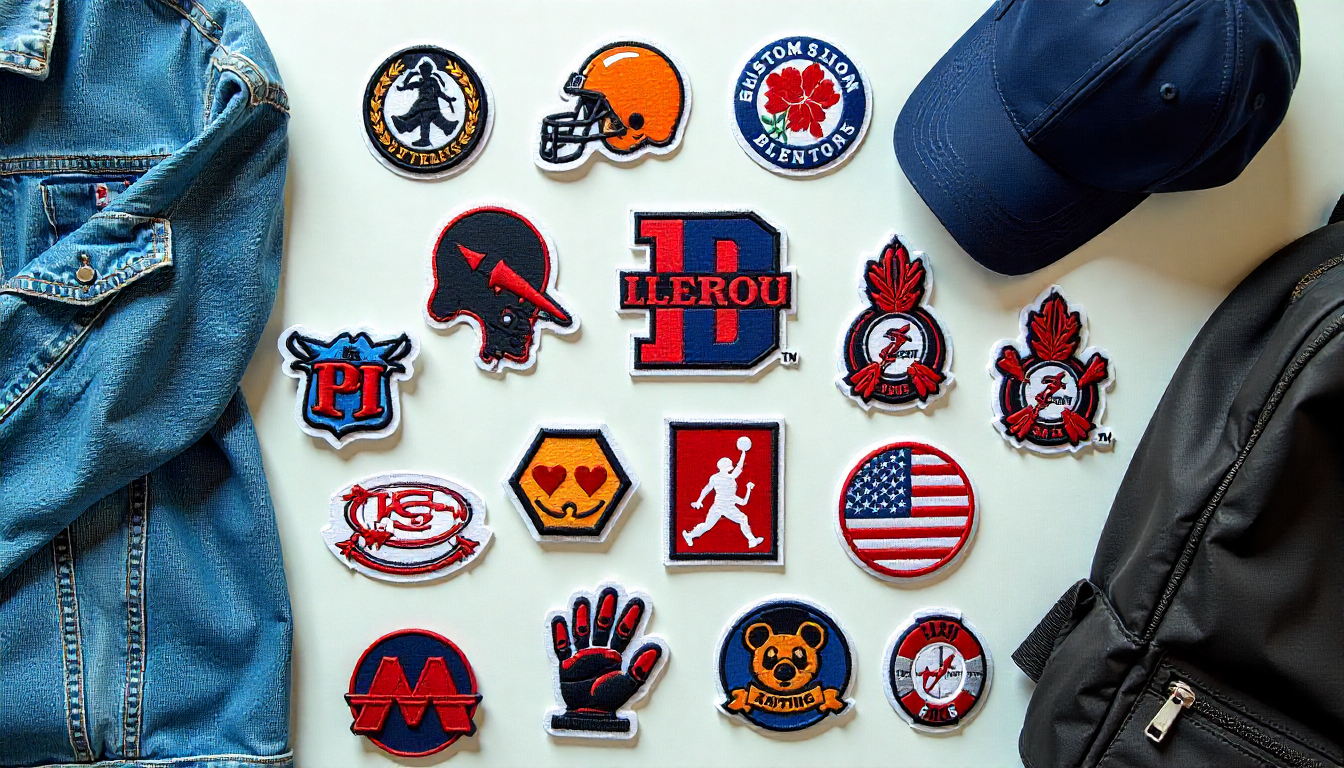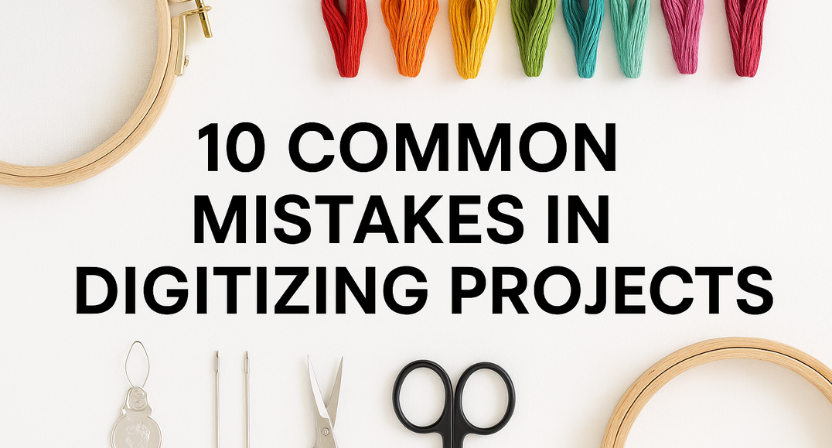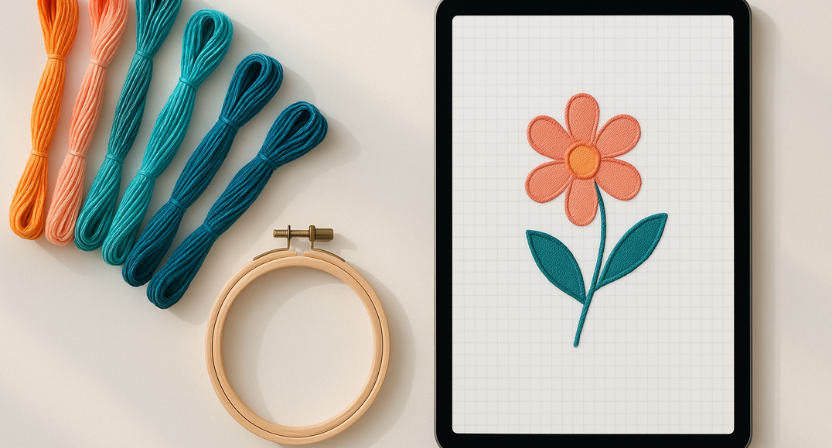The textile industry has undergone a significant transformation with the integration of laser technology into embroidery. This advanced technique combines the precision of lasers with the artistry of embroidery, allowing manufacturers to create intricate designs and custom pieces efficiently.
In this blog, we’ll explore how this technique in embroidery is revolutionizing apparel production and its key applications for the fashion industry.
Why is it a Turning Point for Apparel Manufacturers?
This technique has completely changed the way we approach fabric decoration. It offers exceptional precision and speed, making it the best solution for fashion designers and manufacturers seeking unique, high-quality designs.
Key Applications of This Technique in Fashion
This technique offers a range of possibilities that benefit apparel manufacturers and fashion designers. Below are the key applications that make this technology a revolutionary technique.
1. Precision and Detail
Laser engraving and cutting allow for incredible precision. This is especially important for brands looking to add logos, intricate patterns, and text to garments. Unlike traditional methods, laser systems guarantee sharp, clean edges, ensuring a professional finish. Whether personalizing uniforms or adding a custom logo, laser systems create crisp, high-quality designs.
2. Diversity with Fabrics
Laser systems are highly adaptable and can work with a variety of materials. Whether it’s cotton, polyester, leather, or synthetic fabrics, this technology provides the diversity required for different product lines. Even delicate fabrics like silk can be handled with care, although special precautions may be needed to prevent damage.
3. Customization for Fashion Designers
Laser technology opens up new levels of customization. Fashion designers can add names, logos, intricate artwork, or even create 3D effects like raised textures or layered appliqué designs. These special effects add depth and dimension to garments, making them stand out in the market.
4. Faster Production
Speed is a critical factor in the fashion industry. This technique in embroidery speeds up the production process by eliminating several manual steps. Unlike traditional methods, laser systems execute complex patterns quickly and efficiently, significantly reducing the time spent on each garment. This allows manufacturers to meet tight deadlines and large orders without sacrificing quality.
5. Cost-Effective Manufacturing
Laser embroidery not only saves time but also helps reduce costs. By decreasing production time and minimizing labor, manufacturers can save on operational costs. Moreover, laser machines are highly accurate, which helps reduce material waste. By cutting fabric with minimal excess material, laser embroidery contributes to sustainable manufacturing practices.
How Laser Embroidery Works?
Laser embroidery starts with digitizing the design. This process involves creating a digital file that includes detailed instructions for stitch types, colors, and patterns. The laser machine follows these instructions to cut, engrave, or etch the fabric precisely.
Laser cutting is often used to create appliqué shapes, which are then sewn onto garments. Laser engraving adds intricate textures, fine details, and depth to the fabric, resulting in a visually appealing and unique product.
Conclusion
Laser embroidery offers numerous advantages to the apparel manufacturing process. From its precision and versatility to its ability to create customized, high-quality designs quickly and cost-effectively, it has become a vital tool in the fashion industry. If you’re looking to elevate your embroidery and apparel production, consider incorporating laser technology into your workflow.
At Impact Digitizing, we specialize in expert digitizing services that bring your designs to life with the precision and creativity that laser embroidery offers.
Contact us today to get started with transforming your fashion designs!
FAQs
1. Can Laser Embroidery Be Used On All Types of Fabrics?
Yes, laser embroidery works on most fabrics, such as cotton, polyester, and leather. However, delicate fabrics like silk may require special handling.
2. How Does Laser Embroidery Differ from Traditional Methods?
Unlike traditional embroidery, which uses needles and thread, laser embroidery uses a focused light beam to cut or engrave designs onto fabric.
3. Is Laser Engraving Permanent?
Yes, laser engraving is permanent and will not fade, making it ideal for long-lasting designs.
4. How Does Laser Technology Improve Production Speed?
Laser systems speed up production by completing tasks much faster than manual methods.
5. What are the Benefits of Laser Embroidery for Apparel Manufacturers?
Laser embroidery ensures high-quality designs with precise details, faster production times, and cost savings, making it an essential tool for modern manufacturers.









